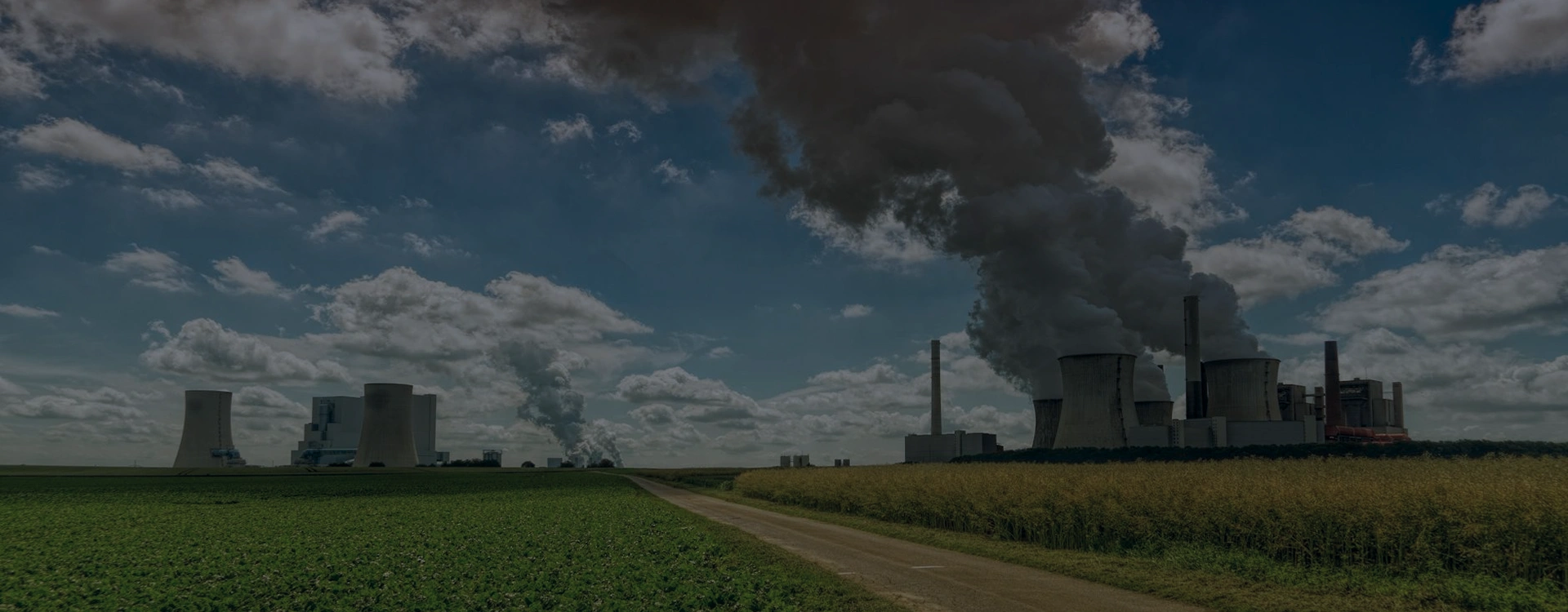
Category wise Emissions
Statewise Methane Emissions
This chart displays the emission trend from 2005 to 2024, showcasing how methane emissions have evolved over the years, reflecting patterns and changes over time
Data by Category
Emissions (Kt)
0–100
100–500
500–1000
1000–1500
1500+
Data by Category
Emissions (KtCO₂e)
0–2,500
2,500–12,500
12,500–25,000
25,000–35,000
35,000+
StateWise Methane Emissions
The decline in emissions from industrial wastewater after 2014 is attributed to a reduction in wastewater generated per tonne of product from both the pulp and paper industry from 127.5 m³ (2005–2014) to 57 m³ (2015–2018) and the tannery industry from 35 m³ to 32 m³ over the same periods.
- Global Warming Potential (GWP) is a metric developed by the Intergovernmental Panel on Climate Change (IPCC) to compare warming impacts of different greenhouse gases relative to carbon dioxide (CO₂) over a specific time horizon, typically 20 or 100 years.
- According to IPCC’s Second Assessment Report (AR2) released in 1995, methane has a GWP of 21 over a 100-year time horizon and a GWP of 56 over a 20-year time horizon.
- The GWP values were updated to 27.9 and 81.2 respectively for 100-year and 20-year time horizons in the IPCC’s Sixth Assessment Report released between 2021 and 2023.
- Methane is significantly more potent than CO₂ in the short term, highlighting the urgency of reducing methane emissions for near-term climate mitigation—particularly because methane has a relatively short atmospheric lifetime (~12 years) but a disproportionately large impact on global warming.
